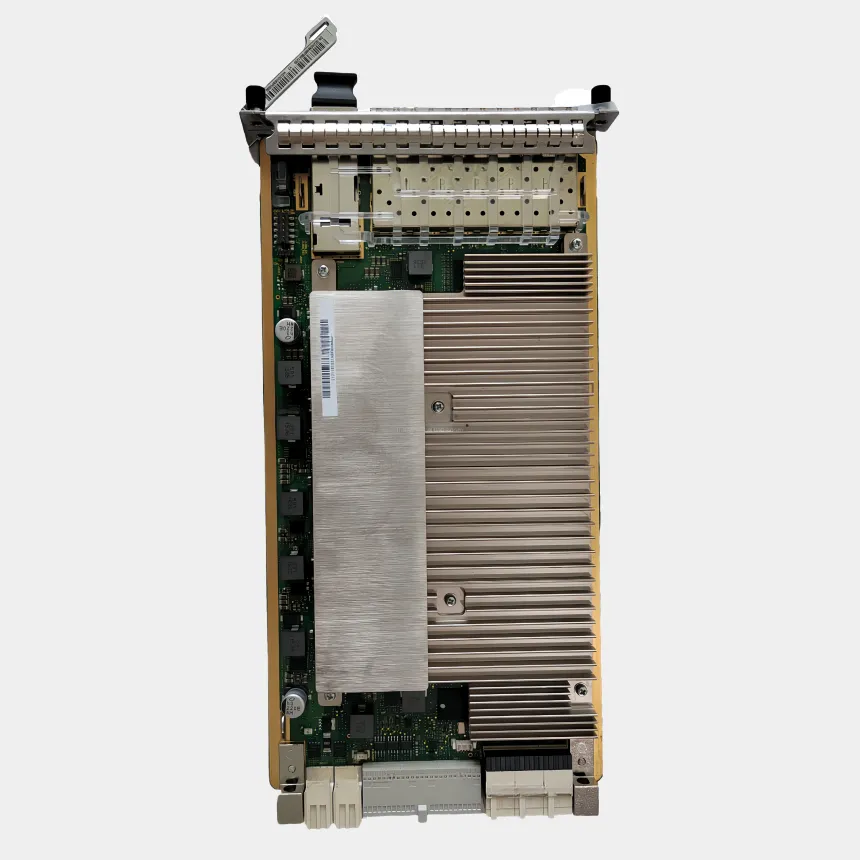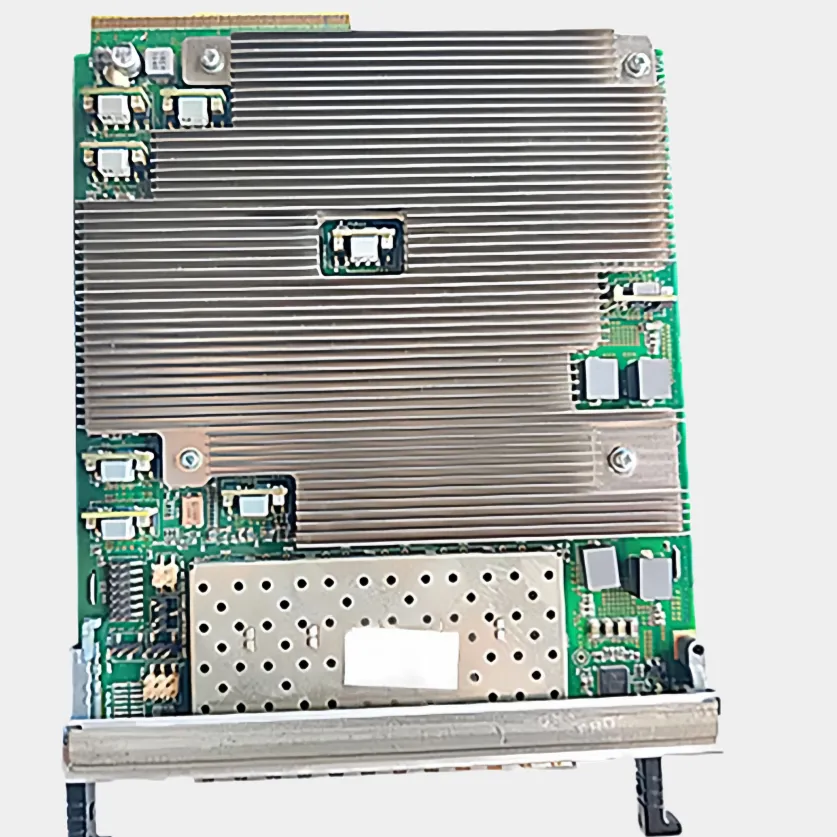क्षेत्र संचार उपकरण को सेट कियो गयो क्षेत्र फलन प्रत्याशा -40 से +60 डिग्री सेल्सियस तापमान विस्तार, उच्च आर्द्रता, धूल, र थर्मल प्रबंधन र धातु बद्दल अवरोधक ओठो लगाएको हुन्छ। इनकलोजिंग, IP 68 मापदण्ड लागि ठन्डो प्रबन्धन र धातु बद्दल अवरोधक ओठो लगाएको हुन्छ जो भयानक परिवेश भन्दा पनि बढी हुन्छ। बाहिरी औद्योगिक उपयोग वा दूर दिएका क्षेत्रहरूमा अनुकूलित रहन प्रमाणित मिलिटरी मापदण्ड र अन्तर्राष्ट्रिय मापदण्ड (MIL-STD, IEC) द्वारा गरिएको छ।


